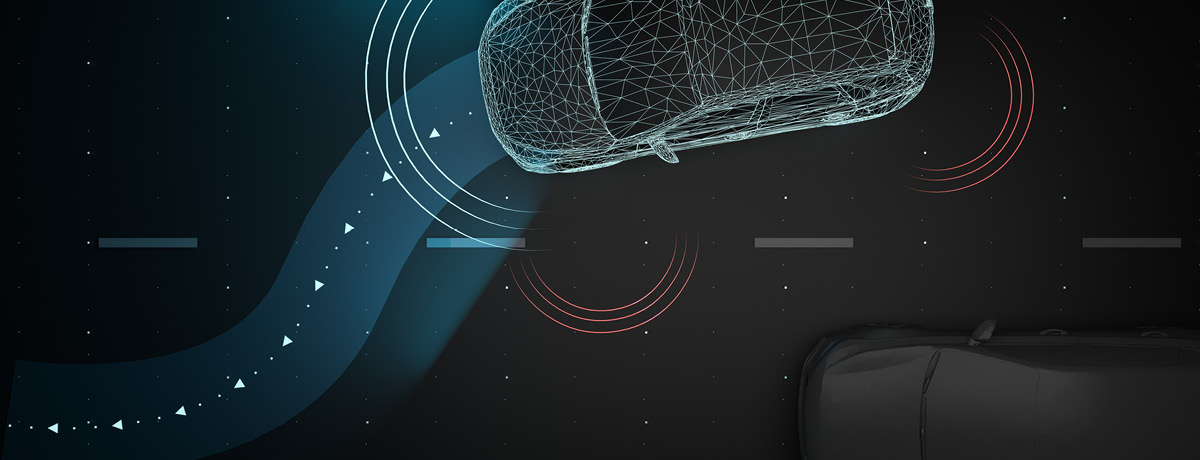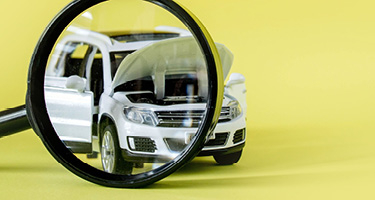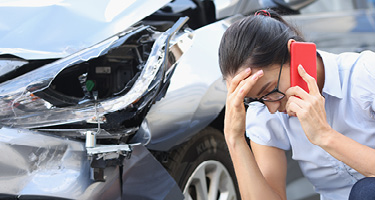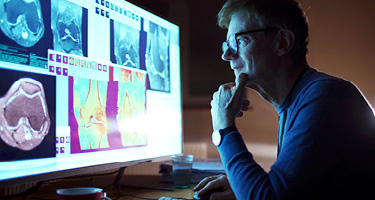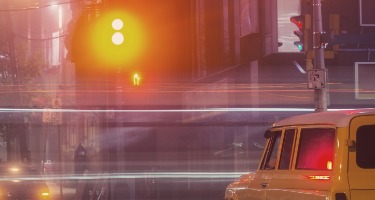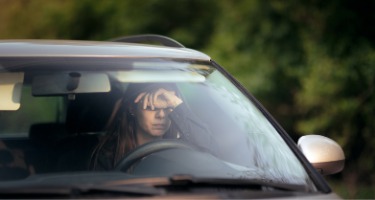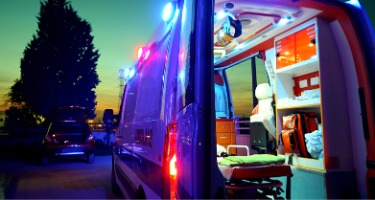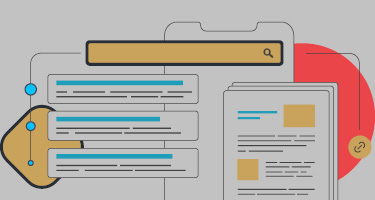This article was recently featured in our Best Lawyers newsletter, All Rise. To read more content like this, subscribe to our newsletter here.
Advances in vehicle safety technologies mean that substantial number of injuries and deaths from car accidents could be prevented. However, as with any new technology, these advances bring with them a whole new set of legal questions and issues. For example, if the vehicle is self-driving, who is considered the legal driver? The vehicle, the human, or both?
Crash Avoidance Technology (CAT) is now becoming widely implemented in production vehicles. CAT is not just some idealized goal to be accomplished in the future, but it is happening right now.
Crash Avoidance Technologies and the Legal Profession
As lawyers handling automotive litigation, we must familiarize ourselves with these crash avoidance technologies, self-driving vehicles and ultimately completely autonomous vehicles. Autonomous vehicles will be capable of driving themselves without human intervention or, as is the case with Waymo’s (Google) self-driving vehicle, no steering wheel or pedals. We must understand not only what these technologies are, but also analyze how they impact the cases we handle:
- Forward Collision Warning (FCW) alerts the driver via visual, audio, or haptic warning to apply the brakes when the relative speed between the vehicle and object in the road presents a risk of impending collision.
- Automatic Emergency Braking (AEB) automatically engages the full braking potential of a vehicle to either completely prevent a frontal collision or slow the vehicle to mitigate severity when an imminent collision is detected.
- Lane Departure Warning (LDW) and Lane Keeping Assist (LKA) are designed to utilize electronically powered steering to provide counter-steering torque to assist the driver back into the center of the lane.
- Blind spot assist or detection (sometimes called side view assist systems) continually monitors a range of area alongside and diagonal to the rear of the vehicle through an ultrasonic sensor. When another vehicle is situated in the monitored area, a warning LED light may display in the driver’s side mirror. If the driver uses a turn signal while a vehicle is in the monitored area, an audible warning will activate.
Crash Avoidance Technology and the Litigation Landscape Moving Forward
Key questions that have to be answered include: who is the driver? When the vehicle is in control and self-operating, is the human still considered the driver? Or is the vehicle considered the driver? After all, it is the vehicle that is in control steering, braking and acceleration. Is the manufacturer responsible when a self-driving vehicle violates a rule of the road and results in a crash?
These questions are at the forefront of the current legal debate. The legal profession, as it quite often does, will play a critical role in shaping these litigation issues and protecting the American public.
If you or a loved one is involved in an accident involving a vehicle with crash avoidance or autonomous technology, it’s crucial to hire a lawyer who understands the evolving legal landscape to protect your rights and navigate potential claims.
Jaime Jackson of Jaime Jackson Law, PC is recognized in the 2021 Edition of The Best Lawyers in America© for Personal Injury Litigation – Plaintiffs and Medical Malpractice Law – Plaintiffs.
